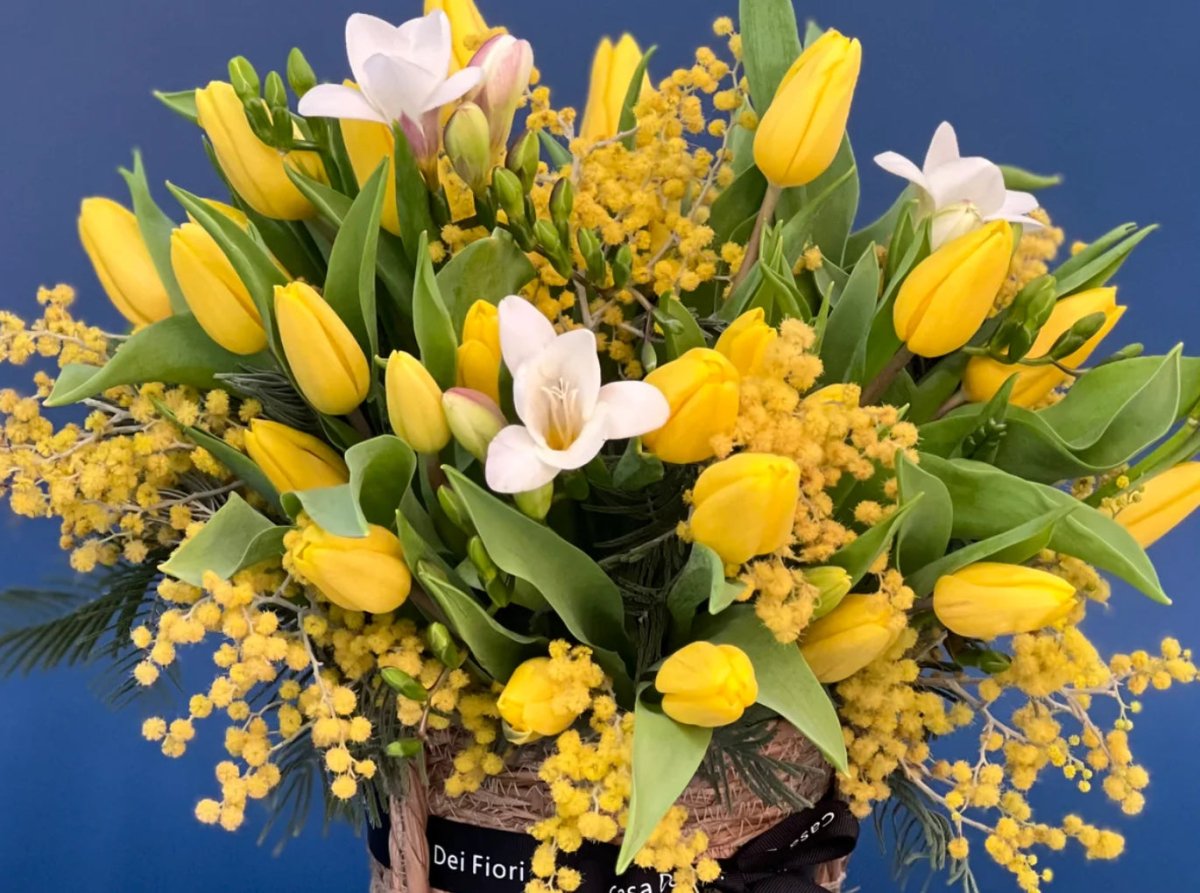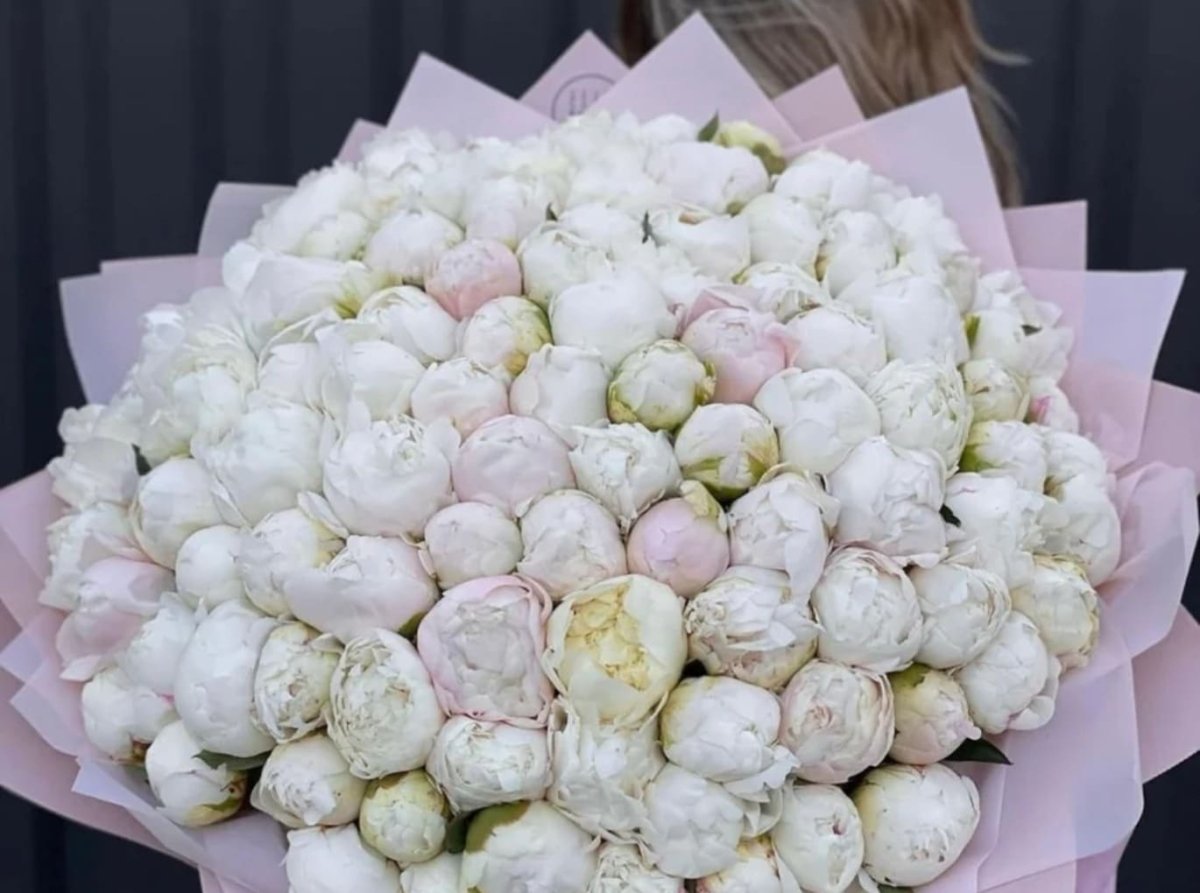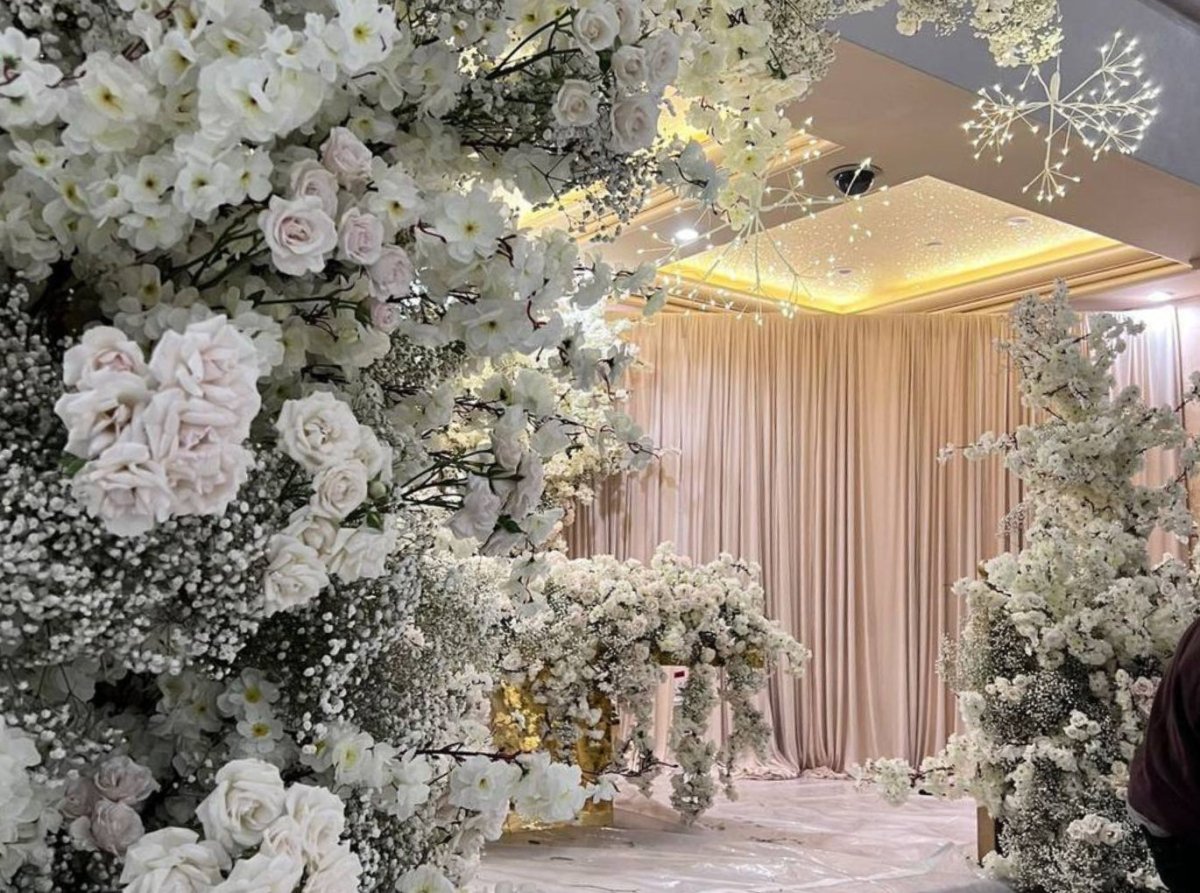
What do flower colors symbolize?
Flowers, with their myriad hues and shades, carry more than just aesthetic value; they convey profound symbolism and meanings, deeply embedded in various cultures and histories. This text explores the significance of flower colors, focusing on the intriguing symbolism behind purple, white and yellow blossoms.
Significance of purple blossoms
Purple blossoms are not just captivating to the eye. They are steeped in symbolism and history. This color, often associated with nobility and luxury, also conveys deep spiritual and mystical meanings. Flowers of this shade are frequently seen in royal insignias and religious ceremonies, signifying high status and divine connection.
- Cultural relevance. In many cultures, purple flowers represent honor and respect, making them a popular choice for significant occasions. Their presence in art and literature often hints at an underlying theme of majesty or spiritual awakening. For example, the lotus, revered in many Asian traditions, is sometimes depicted in shades of purple to emphasize enlightenment and cosmic harmony.
- Emotional expression. These flowers color can also symbolize deep sentiment and admiration. They are commonly gifted to convey a sense of fascination or deep appreciation, making them perfect for showing a more profound, thoughtful affection.
- Symbol of transition. Reflecting the subtle transition between the fiery shades of red and the tranquil tones of blue, purple flowers embody a balance of passion and serenity. This makes them ideal for representing times of change and growth, such as graduations or new beginnings.
Essence of white flowers
White flowers, with their clean and pristine appearance, are rich with symbolism, often tied to ideas of purity and peace. These blossoms bring with them a sense of calm and innocence, widely used in various rituals and ceremonies to denote new beginnings and heartfelt sincerity. Consider what this color of flower symbolizes.

- Universal symbols of peace. Across different cultures, white blossoms are universally recognized as emblems of peace and reconciliation. Their use in peace ceremonies or memorials serves as a powerful gesture of hope and unity.
- Expressions of purity and innocence. The immaculate appearance of white flowers makes them perfect representations of purity. This is why they are prominently featured in weddings and christenings, symbolizing a clean slate or a fresh start.
- Markers of reverence and respect. White blooms are often chosen for solemn occasions, such as funerals or commemoration events, where they honor memory and express reverence. Their subtle beauty conveys respect without overwhelming the senses.
- Artistic and literary themes. In art and literature, white flowers can represent simplicity and quiet strength. They often appear in scenes depicting serene, untouched landscapes or in stories that explore themes of fidelity and virtue.
Each color of a flower holds a unique narrative, ready to be explored and appreciated. Whether it's the regal purple or the serene white, these colors enrich our interactions and deepen our connection to the natural world.
Symbolism of yellow blossoms

Yellow flowers, with their bright and sunny appearance, offer a rich palette of meanings, predominantly symbolizing happiness, friendship, and the renewal of spring. These vibrant blooms bring light and positivity, making them a favorite in many cultures to convey cheerful messages and celebrate new beginnings.
- Embodiments of joy and cheer. The lively hue of yellow is naturally uplifting, making these flowers excellent bearers of good news and celebratory wishes. They are often seen in festive occasions, brightening spaces with their warm presence and embodying the joy of life itself.
- Markers of friendship and solidarity. Yellow blossoms are universally recognized as symbols of friendship. They represent bonds of camaraderie and mutual respect, often exchanged between friends to show care and support. This tradition underlines the strength and positivity inherent in true friendships.
- Harbingers of new beginnings. With their association to the brightness of early spring, yellow flowers are also symbols of new starts. They can be found in many gardens and homes at the beginning of the year, celebrating the end of winter and the fresh start provided by spring.
Brief conclusion
Flowers not only beautify our surroundings but also carry rich symbolic meanings across different cultures. This text delves into the significance behind the colors of purple, white, and yellow blossoms, highlighting their cultural, emotional, and philosophical impacts.
We see that the colors of these flowers can symbolize different things. Take that into account when buying bouquets. And Casa dei fiori specialists will help you to choose.



Leave a comment
This site is protected by hCaptcha and the hCaptcha Privacy Policy and Terms of Service apply.